The climate crisis is often discussed in terms of extreme weather events, rising temperatures, and environmental destruction, but its effects go far beyond the obvious. One of the most subtle and overlooked ways the climate crisis impacts us is through our health, specifically our skin, sleep, and mood. Many of the environmental changes caused by climate change are quietly influencing our daily well-being, often in ways we don’t immediately notice. Here are 12 silent ways the climate crisis is messing up your skin, sleep, and mood.
1. Ozone Depletion & Aging

Ozone depletion is a key factor contributing to increased ultraviolet (UV) radiation reaching the Earth’s surface. As a result, skin is more exposed to harmful UV rays, which accelerate the aging process. This means that you may be more prone to wrinkles, fine lines, and sunspots than ever before. Prolonged exposure to UV radiation can also increase the risk of skin cancer, a threat that is becoming more prominent as the ozone layer continues to thin.
What’s surprising is that this increased UV exposure isn’t just a problem for those who live in sunny climates. Even people in cooler, less sunny regions may find that the depletion of the ozone layer increases their risk of sun damage. As the environment continues to change, it’s important to protect the skin with sunscreen and limit exposure to direct sunlight to avoid the long-term effects of ozone depletion on skin health.
2. Air Pollution & Skin Issues
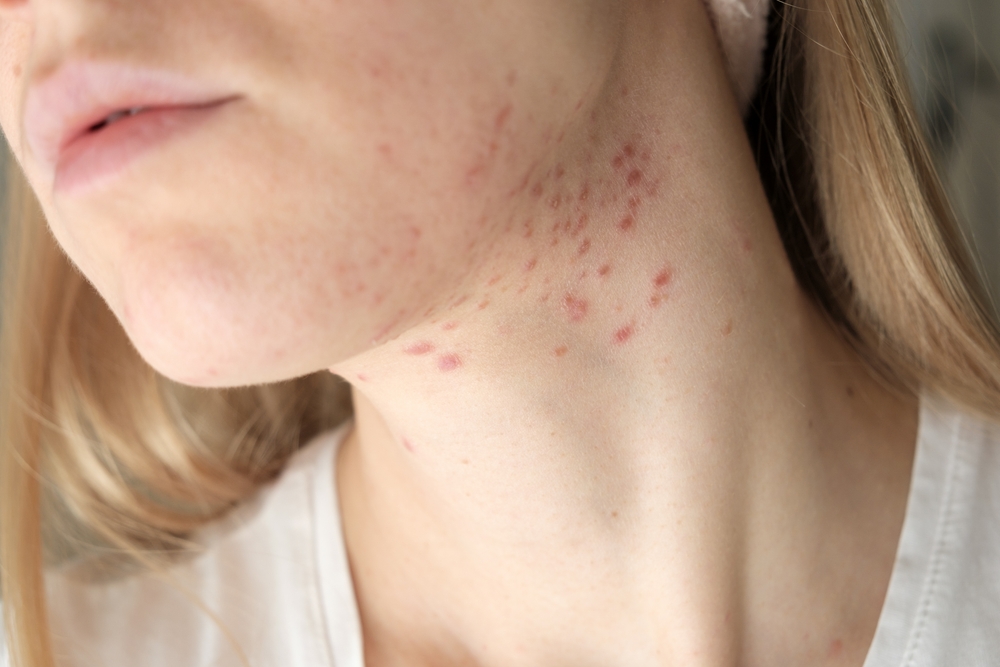
As air pollution levels continue to rise, one of the most affected areas of your body is your skin. The pollutants in the air, like particulate matter and chemicals, can clog pores and lead to increased breakouts. These pollutants trigger an inflammatory response in the skin, which not only causes acne but also accelerates signs of aging. Over time, consistent exposure to air pollution can lead to skin damage that may be difficult to reverse.
What’s surprising is that this type of skin damage isn’t always visible immediately. The long-term effects of air pollution on your skin can include a dull complexion, premature wrinkles, and an increase in skin sensitivities. According to PubMed, air pollution causes oxidative stress, leading to extrinsic skin aging, acne, and inflammatory conditions like eczema. These changes often occur gradually, making them harder to pinpoint as a direct consequence of climate change.
3. Extreme Heat & Hydration Loss
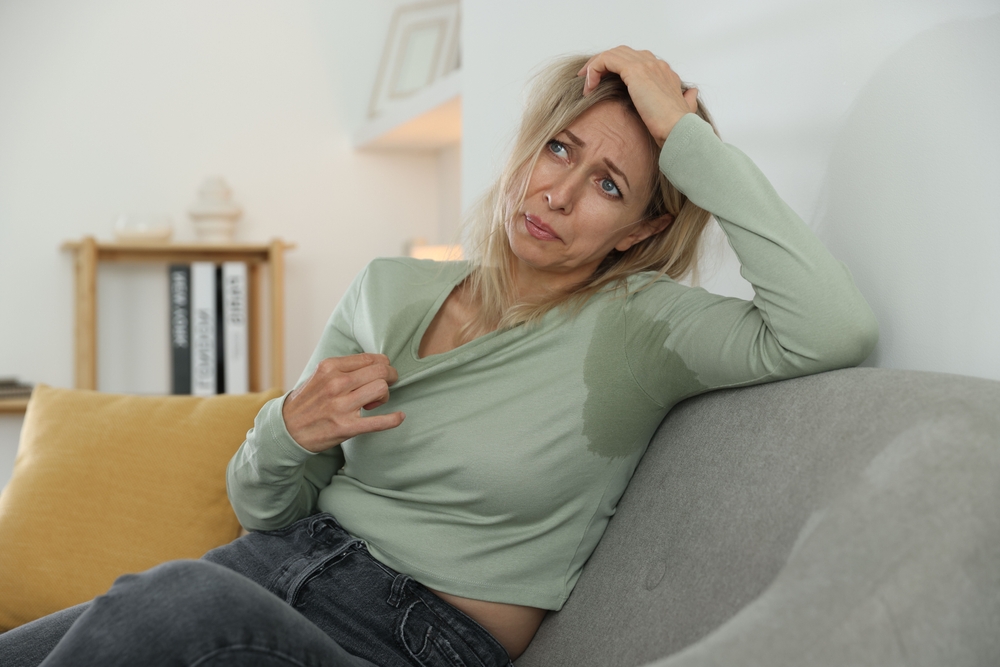
As global temperatures rise, prolonged heat exposure can significantly affect your skin’s hydration levels. When the weather is excessively hot, your body loses moisture through sweating, and your skin can become dry, flaky, and tight. Without proper hydration, your skin’s natural barrier function weakens, making it more prone to irritation and infection. This dehydration can also make your skin appear dull and tired, contributing to a lackluster appearance.
Surprisingly, even if you are drinking enough water, your skin may still struggle to retain moisture in extreme heat. According to PMC, excessive heat exposure compromises the skin’s ability to retain moisture due to increased evaporation and weakened barrier function. Using moisturizers and skincare products that help lock in hydration is essential for adapting to rising temperatures.
4. Shifting Seasons & Fatigue

The shifting seasons, driven by climate change, are affecting our circadian rhythms and sleep patterns. As temperatures become more erratic, it becomes harder to maintain consistent sleep habits. For instance, warmer nights make it difficult for many people to cool down enough to fall asleep, leading to restlessness and discomfort. Additionally, irregular seasonal changes can confuse the body’s internal clock, resulting in sleep disruptions and fatigue.
Interestingly, the increase in temperature extremes—such as hotter summers and warmer winters—also affects the quality of sleep. According to Smithsonian Magazine, higher nighttime temperatures caused by climate change are already reducing sleep duration globally and could worsen over time. These disruptions may become a more significant part of daily life as the climate continues to fluctuate.
5. Increased Wildfires & Illness
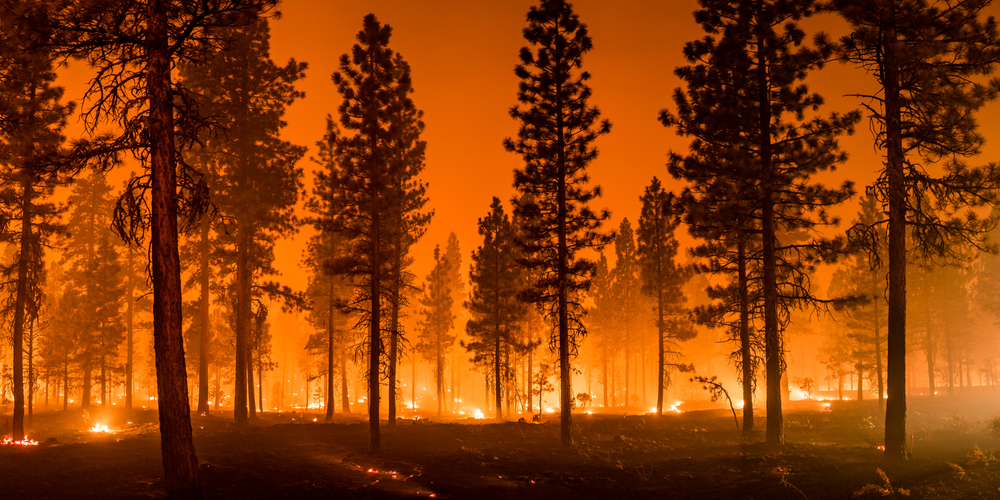
As wildfires become more frequent and intense due to rising temperatures, their effects go beyond the immediate devastation. The smoke from wildfires contains fine particulate matter that can irritate the skin, eyes, and respiratory system. For your skin, these pollutants can lead to dryness, irritation, and an increase in eczema flare-ups or other skin conditions. The long-term exposure to wildfire smoke can also cause premature aging and damage to skin cells.
Wildfires aren’t just a regional problem; their impact on air quality can be felt far and wide, affecting even those who live hundreds of miles away. According to EurekAlert, even short-term exposure to wildfire smoke has been linked to increased cases of eczema and general skin irritation due to hazardous air quality spikes during events like California’s Camp Fire.
6. Higher Humidity & Skin Sensitivity
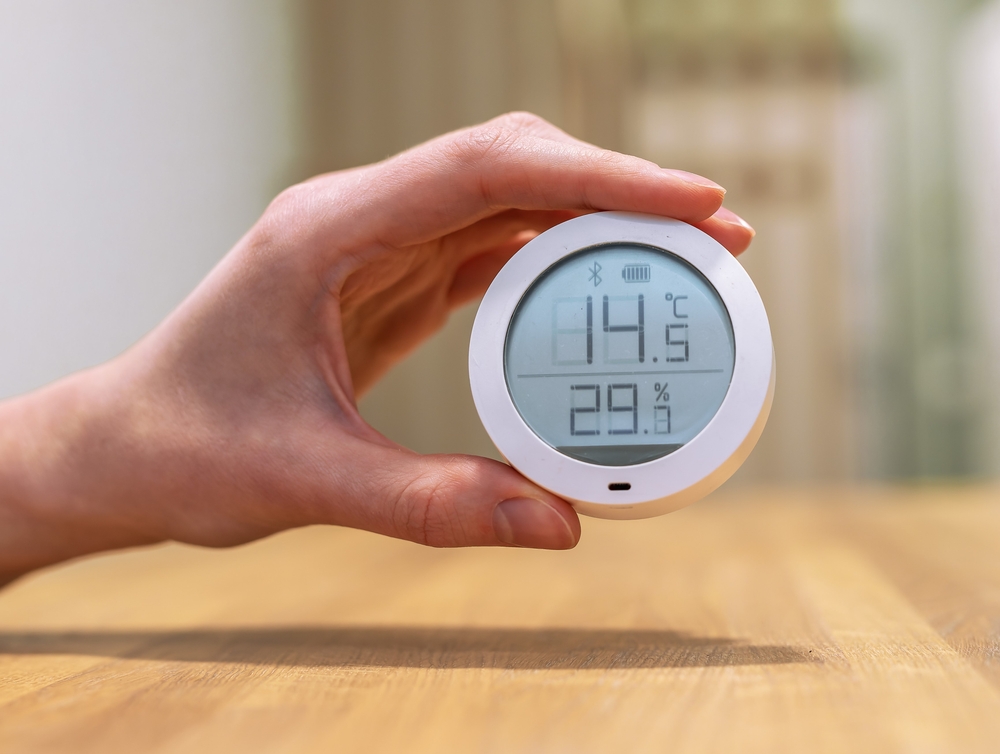
Higher humidity levels, a result of climate change, can make your skin more sensitive and prone to irritation. Humidity causes sweat to stay on the skin, leading to clogged pores and breakouts. This excess moisture in the air can also disrupt the natural oil balance of the skin, contributing to conditions like eczema and fungal infections. The sticky, damp feeling caused by high humidity can make it uncomfortable to go about your day, especially if you have sensitive skin.
What’s even more surprising is that high humidity doesn’t just affect the outer layer of your skin. It can also disrupt the skin’s microbiome, which is the balance of bacteria that helps protect your skin from harmful microorganisms. This imbalance can make your skin more vulnerable to infections and irritation, which means the effects of rising humidity could be far-reaching in terms of both short- and long-term skin health.
7. More Heatwaves & Sleep Disturbances
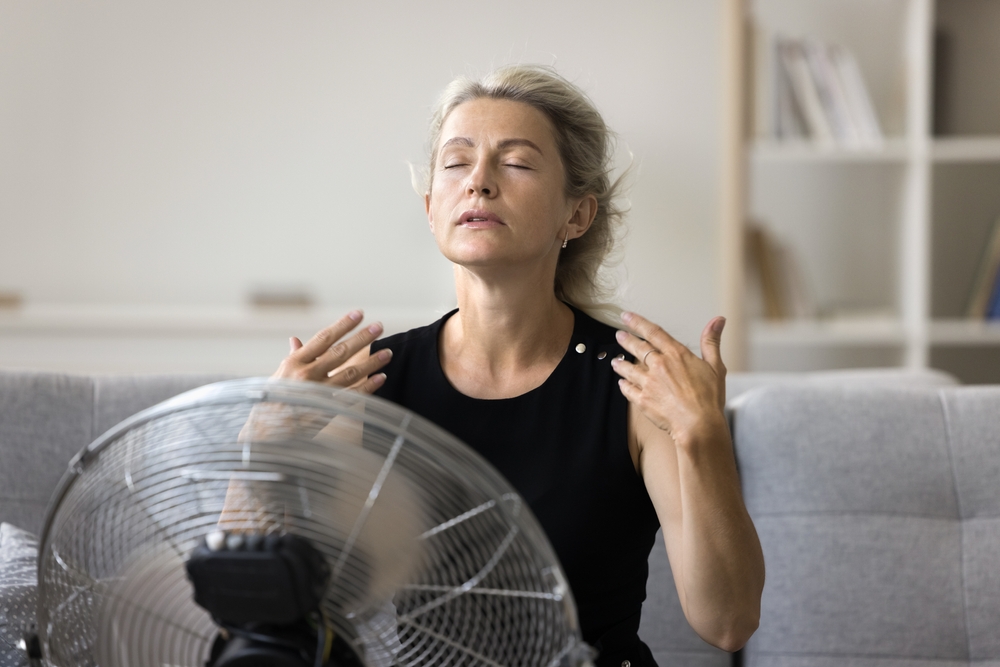
Heatwaves, which are becoming more frequent due to climate change, have a significant impact on sleep quality. When temperatures soar, it becomes difficult for your body to cool down during the night, which is essential for falling asleep and staying asleep. This sleep disruption can cause restlessness, tossing and turning, and even waking up in the middle of the night drenched in sweat. Over time, these disturbances can lead to chronic sleep deprivation, negatively impacting both physical and mental health.
Even during the nighttime, when you would normally expect cooler air, heatwaves can keep the temperature at uncomfortably high levels. This disrupts your body’s natural circadian rhythms, making it harder to fall into a deep, restorative sleep. The increased frequency of heatwaves makes it critical to find ways to stay cool during hot nights, as chronic heat exposure can worsen the impacts on your health and well-being.
8. Spiked Pollen Levels & Allergies
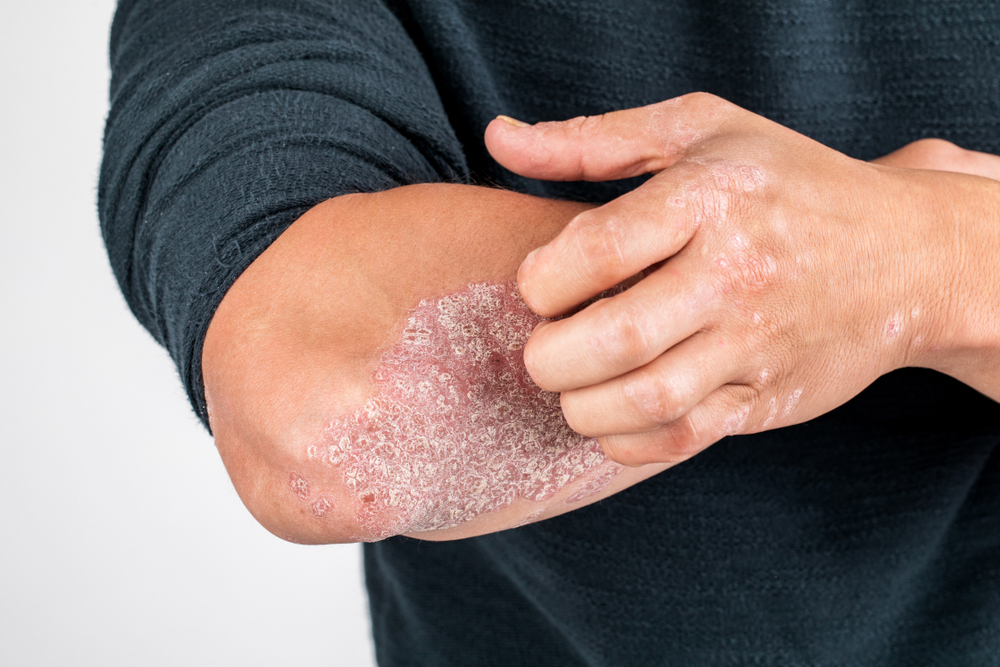
With rising temperatures and changing weather patterns, pollen levels are increasing, which can lead to more frequent allergic reactions. Pollen exposure doesn’t just affect your respiratory system; it can also make your skin more sensitive and prone to rashes and irritation. For individuals with allergic skin reactions, such as hives or eczema, this increase in pollen can exacerbate symptoms. High pollen counts can also lead to congestion, which can interfere with restful sleep.
Interestingly, pollen exposure is linked to environmental factors such as temperature and humidity, which means the rise in global temperatures is creating the perfect conditions for more intense allergy seasons. This makes it harder to manage allergic reactions, especially for those who already struggle with skin conditions. The combination of pollen, air pollution, and rising temperatures is putting additional stress on your skin, exacerbating pre-existing issues and affecting overall health.
9. Climate Change Stress & Acne
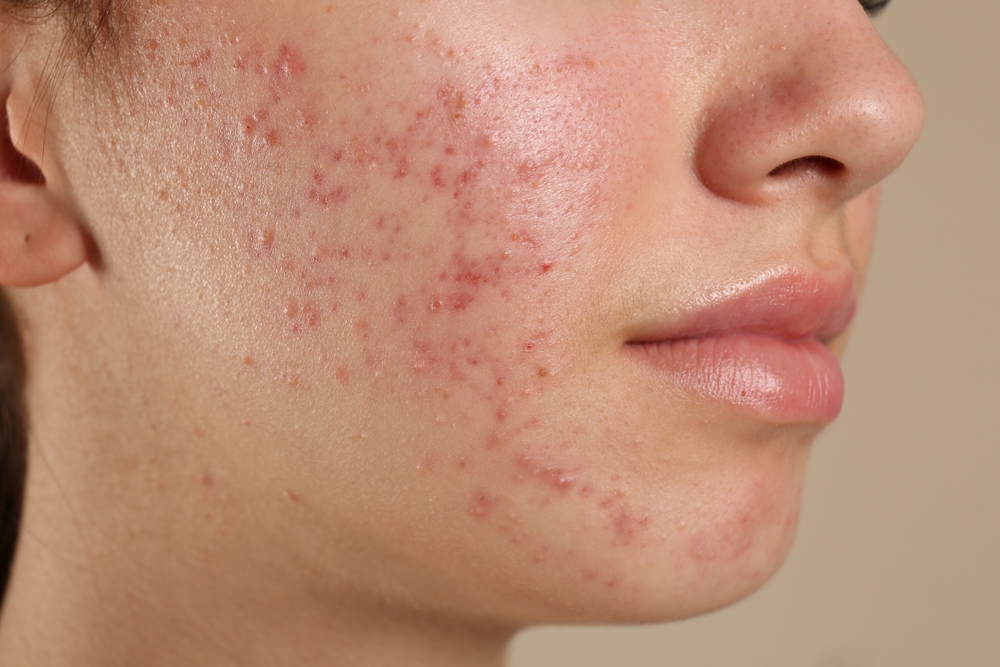
As the climate crisis continues to worsen, the stress surrounding environmental issues can take a toll on your skin. Stress is a known trigger for acne, and with the increasing uncertainty of climate change, more people are experiencing skin flare-ups. The hormonal changes that occur when the body is under stress can increase oil production, leading to clogged pores and breakouts. In addition, the emotional distress related to climate change can make it harder for individuals to take care of themselves and their skin.
Interestingly, the stress caused by the climate crisis isn’t just about fear of natural disasters. It’s also about the long-term uncertainty surrounding the future of the planet and the emotional toll it takes on people. This constant background stress affects both mental and physical health, leading to increased skin issues like acne, eczema, and psoriasis. It’s a reminder that the mental impacts of climate change can have far-reaching effects on our health.
10. Rising Humidity & Skin Fungus

Rising humidity levels, a direct result of the climate crisis, are creating an environment that promotes fungal infections on the skin. Warm, moist conditions encourage the growth of fungi, leading to conditions like athlete’s foot, ringworm, and fungal rashes. Humid environments also make it difficult for sweat to evaporate, leading to clogged pores and increased bacterial growth on the skin. This creates the perfect environment for infections to thrive.
What’s surprising is that fungal infections often go unnoticed until they worsen, making them harder to treat. The increased humidity caused by climate change is exacerbating these conditions, making it essential to practice proper skin hygiene and use antifungal treatments when necessary. The long-term effects of this fungal growth can lead to chronic skin issues, which contribute to overall discomfort and health problems.
11. Hot Weather & Anxiety

The rising global temperatures have been linked to increased levels of anxiety and stress. Heat is known to have a direct impact on the brain, particularly on the areas responsible for regulating mood. Higher temperatures can trigger an increase in stress hormones like cortisol, leading to feelings of anxiety, irritability, and discomfort. This effect is especially noticeable during extreme heatwaves, where people may feel more agitated and less able to focus.
Interestingly, research has shown that hot weather can exacerbate mental health issues, leading to a rise in anxiety and panic attacks. The uncomfortable physical effects of heat, combined with the emotional distress it causes, create a vicious cycle that is hard to break. As temperatures continue to rise due to climate change, we may see a long-term increase in anxiety disorders linked to environmental factors.
Natasha is a seasoned lifestyle journalist and editor based in New York City. Originally from Sydney, during a stellar two-decade career, she has reported on the latest lifestyle news and trends for major media brands including Elle and Grazia.


